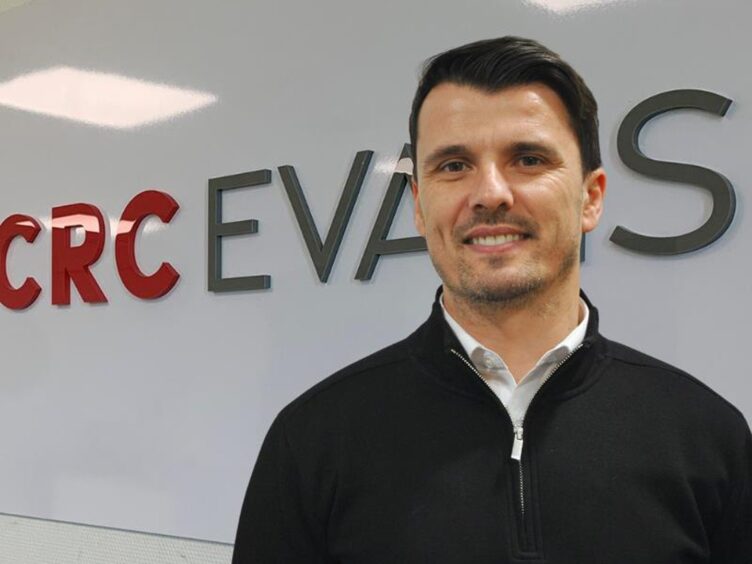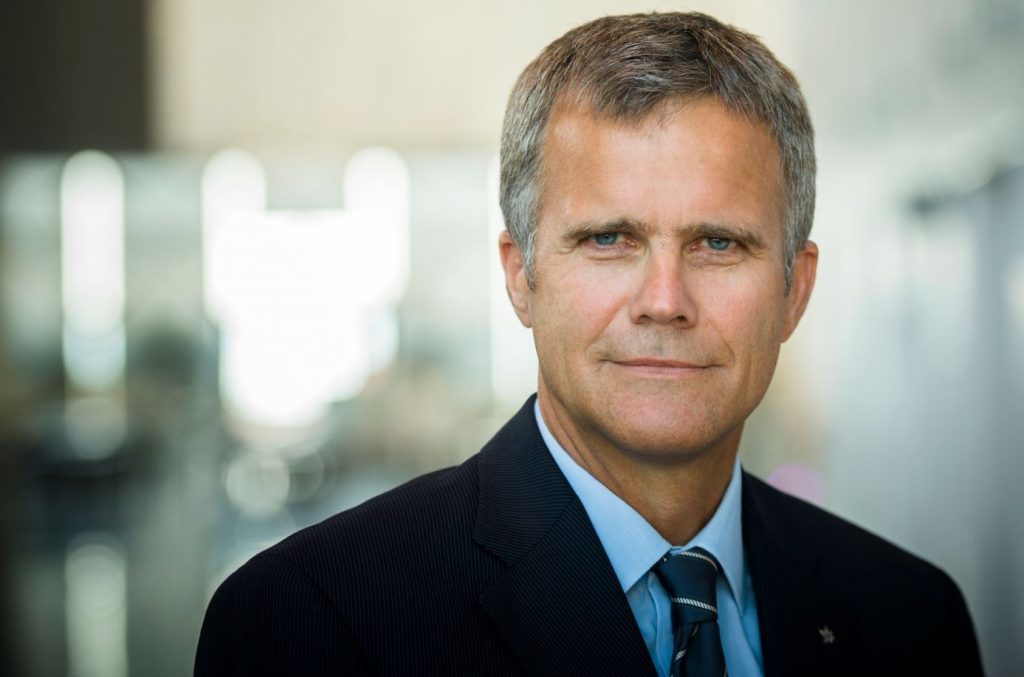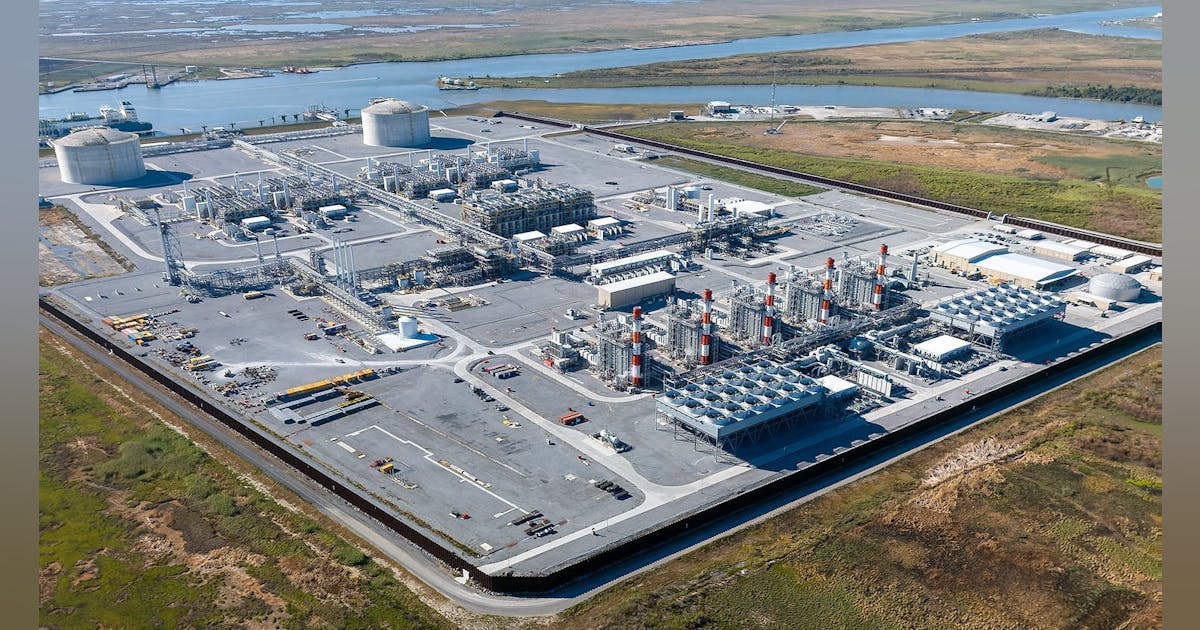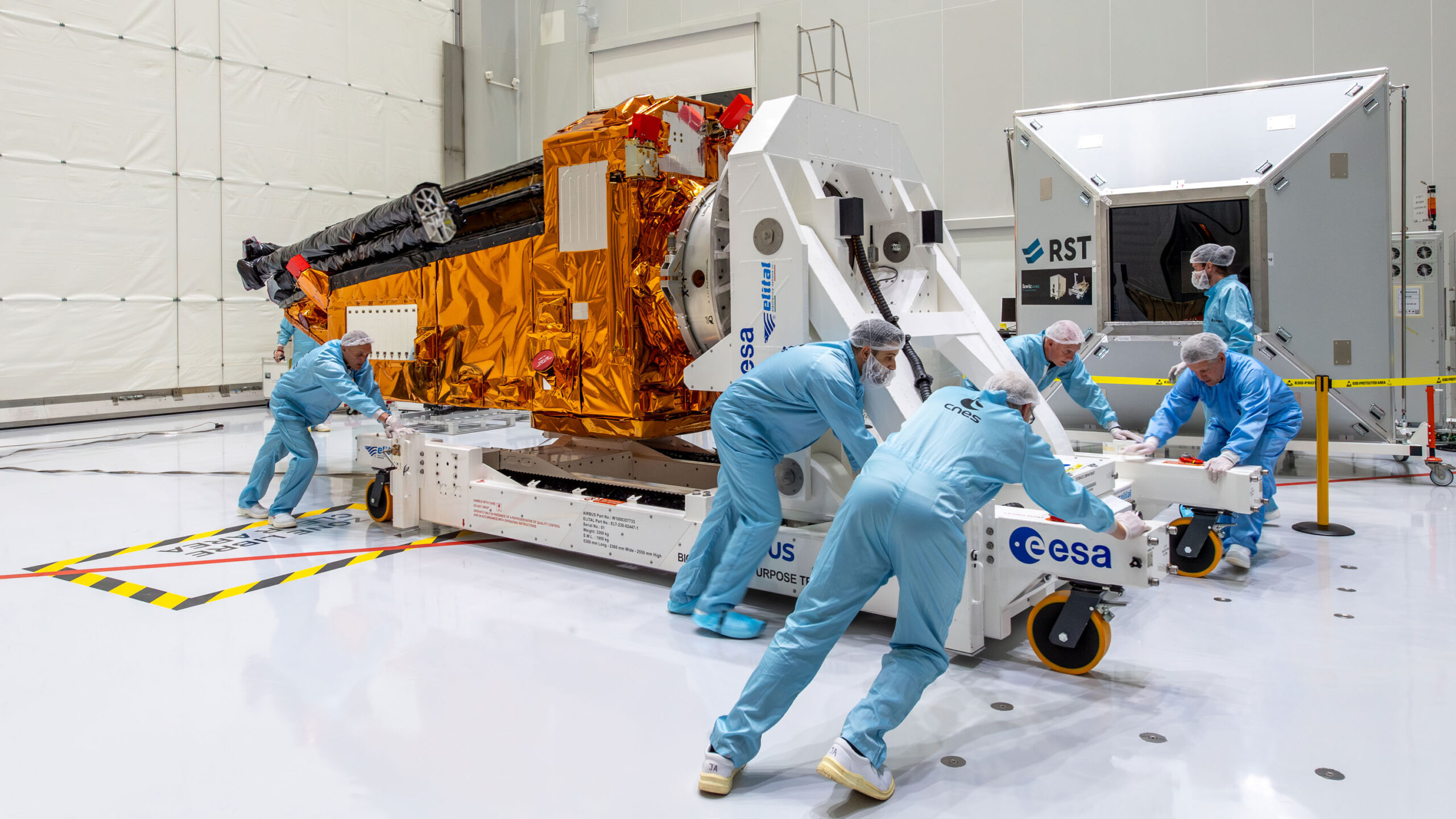Innes Grant has been appointed as the chief operating officer for decommissioning tech company rahd.AI as it looks to scale up its operations in Aberdeen.
Grant has previously worked in a similar role for 24 years with digital consulting giant Avanade, a joint venture between Microsoft and Accenture.
Founded in Perth, Western Australia, the Scotland-based company uses artificial intelligence in its platform, which aims to reduce the cost of decommissioning oil and gas infrastructure.
The group has successfully completed pilots in both Australia and the UK.
Grant said: “We want to become the global default for facilitating decommissioning – the same way Skyscanner became the default for travel. And in doing so, we can save governments, operators and ultimately taxpayers tens of billions of pounds.
“Earlier this year, Prime Minister Sir Keir Starmer posed the question on whether the UK wanted to be an AI taker or an AI maker. There is a global race for jobs of tomorrow and we can anchor many of these jobs in Aberdeen as we scale up this game-changing technology.
“Our platform not only aligns with the UK government’s AI ambition, it also helps it tackle one of its most expensive industrial problems – reducing the cost of oil and gas decommissioning.”
rahd.AI is a portfolio company of Ventex, the Aberdeen-based climate tech venture studio led by Steve Gray and Stuart McLeod, who both have a track record of success in building global businesses.
The business is led by energy tech specialist Jake Stride, a former global technology strategist for Microsoft and current board member of Subsea Energy Australia.
 © Supplied by Vattenfall
© Supplied by VattenfallHelene Biström has stepped down as Vattenfall’s head of business area wind.
Having served in the role since 2021, Biström will remain in her role to ensure a smooth transition until a successor is appointed.
She stated: “I truly love my job, and I continue to feel excited about the journey we are on. However, after 42 years of operational life, I have concluded that it’s time to prioritise other things in life and pass this important task to the next generation of leaders.”
Vattenfall will begin the search for a new head of business area wind immediately, initially focusing on internal candidates.
Biström resignation comes after recent investment decisions on the Nordlicht 1 and 2 offshore wind farms in Germany.
Vattenfall CEO Anna Borg added: “Helene has made an outstanding contribution to Vattenfall, driving the growth of our wind business and establishing us as a key player in the European market. I am deeply impressed by how she has navigated an increasingly challenging environment in recent years, constantly identifying new opportunities for Vattenfall. Helene will be greatly missed by me and my colleagues across the company.”
Last year saw Vattenfall appoint Claus Wattendrup as its new UK country head.
 © Supplied by CRCE
© Supplied by CRCESteven Mackay has joined welding services provider CRC Evans (CRCE) as its new managing director for renewables and infrastructure EMEAA.
Mackay joins the group from Langfield, where he served as managing director. His career spans roles including commercial manager, business development manager, and facilities director for Langfield’s Dunfermline and Salford facilities.
President EMEAA at CRC Evans Paul McShane said: “As CRCE continues on its energy transition journey, Steven’s leadership will be crucial in enhancing our welding and coating capabilities across the renewable sector.
“This includes but is not limited to carbon capture, hydrogen, nuclear, and offshore wind.
“Steven will also oversee our established presence in the infrastructure and utilities industries. Our strategic expansion into clean energy markets represents a pivotal step in advancing our goals and strengthening our position within the wider renewables sector.”

Helge Lund has announced his plans to step down from his position as chairman of BP.
Lund has held his position since 2019 and is likely to leave it in 2026 once a replacement has been found. Until then, he will work with his replacement to ensure an orderly transition.
Lund said: “Having fundamentally reset our strategy, BP’s focus now is on delivering the strategy at pace, improving performance and growing shareholder value.
“Now is the right time to start the process to find my successor and enable an orderly and seamless handover. The board and I are committed to supporting Murray and his team, and to overseeing bp’s delivery of its strategic and financial objectives as we set out in our recent Capital Markets Update.”
 © Supplied by Evero Energy
© Supplied by Evero EnergyElliot Renton has been appointed as the new CEO of Evero Energy, a waste-wood-to-energy and bioenergy with carbon capture and storage (BECCS) company.
Renton succeeds Simon Hicks, who steps down after four years in the role.
With two decades of experience in senior leadership positions, Renton has served in strategic and financial leadership roles, including group chief financial officer at Vista Global and CFO at London Luton Airport Group.
Since joining Evero as CFO in 2020, Renton has helped shape the company’s growth strategy and strategic direction. In 2023, he led a successful financing round that secured over £200m in third-party debt, enabling the full acquisition of Evero’s bioenergy plants.
Renton said: “Evero has built strong foundations while delivering practical solutions with real impact.
“As we enter this next phase, we remain committed to our goal – to turn waste into value and scale up high-quality carbon removals, particularly for hard-to-abate sectors like technology, including data centres, and aviation.
“Our waste-wood-to-energy assets not only reduce emissions but also prevent landfill by using waste wood that can no longer be reused or recycled.”
He also thanked his predecessor for “his leadership, insight, knowledge and guidance over the past four years and we all wish him success in his next role. As we look to the future, we’re excited about the opportunities ahead and the strong position we’re in to drive meaningful change”.
Two of Evero’s waste-wood-to-energy projects, InBECCS and MBECCS, passed the UK government’s Track-1 expansion deliverability assessments for the HyNet carbon capture cluster.
 © Supplied by UK Power Networks
© Supplied by UK Power NetworksPaul Kerr has become the new finance director for UK Power Networks.
Recently working as the group chief financial officer at SES Water, he has been instrumental in steering the company’s financial direction and major transactions.
Kerr’s career also includes significant roles at PwC in both the UK and San Francisco and spans across the UK utility and US oil and gas sectors.
He said: “I am excited to join UK Power Networks and contribute to its mission of delivering safe and reliable electricity to millions of customers, meet the talented team and help drive financial excellence in this dynamic industry.”
 © Supplied by Paul Hastings
© Supplied by Paul HastingsGeorge Kazakov and Dinmukhamed Eshanov will lead an international team spanning London, Paris and Abu Dhabi for Paul Hastings’ global energy and infrastructure practice.
The pair join from White & Case and will co-head the group’s new Abu Dhabi office and lead an international team spanning Abu Dhabi, London and Paris.
Their appointment will help strengthen the firm’s international energy and infrastructure capabilities and complement its existing US practice.
The team will work closely with energy and infrastructure practice co-chairs Gregory Tan and Rob Freedman, who joined the firm in 2022 in New York, to accelerate the practice’s global growth, as well as a broad range of other practices and geographies.
Eshanov, based in Abu Dhabi, will advise on various project development and construction agreements, including engineering and procurement agreements, power purchase agreements and operation and maintenance agreements.
Kazakov, based in London, will focus on private equity mergers and acquisitions (M&A) and finance transactions in the infrastructure sector, advising funds and financial sponsors on domestic and cross-border acquisitions, disposals, joint ventures, co-investments and restructurings.
Power Moves, your weekly source of all the UK energy sector recruitment news you need to know, is kindly sponsored by Ramsay Black.























